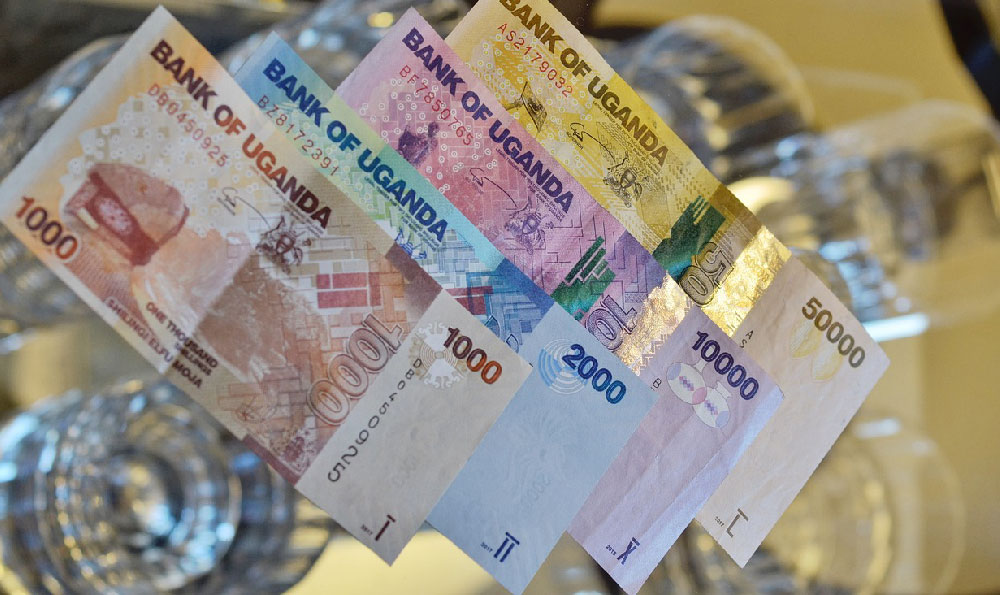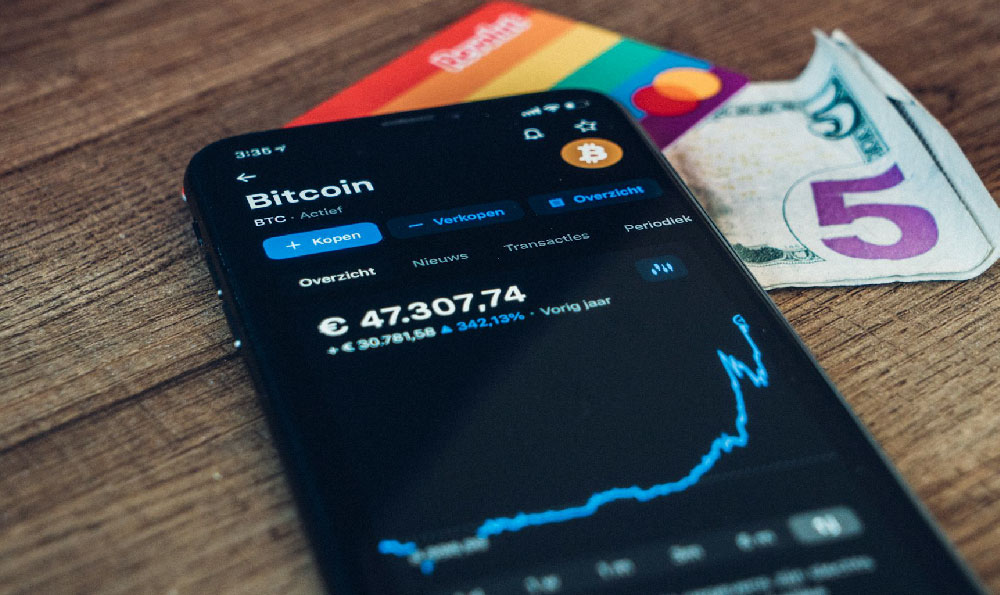What is Binance? How does Binance work as an exchange?
Binance: A Comprehensive Guide to the Leading Cryptocurrency Exchange
In the ever-evolving world of cryptocurrency, Binance stands out as a dominant force. Established in 2017, it has quickly risen to become one of the largest and most popular cryptocurrency exchanges globally. But what exactly is Binance, and how does it function as a platform for buying, selling, and trading digital assets? This article delves into the intricacies of Binance, exploring its features, functionalities, and overall operation.
What is Binance? Defining the Cryptocurrency Giant

At its core, Binance is a centralized cryptocurrency exchange (CEX). This means that it acts as an intermediary between buyers and sellers of cryptocurrencies. Binance provides a platform where users can deposit funds (both crypto and, in some regions, fiat currencies), and then use those funds to trade a wide variety of digital assets. It supports hundreds of different cryptocurrencies, ranging from well-established coins like Bitcoin (BTC) and Ethereum (ETH) to newer, more niche tokens.
Binance goes beyond just being a trading platform. It has expanded its offerings significantly over the years, encompassing a wide ecosystem of crypto-related services. These include:
- Binance Earn: A platform for earning passive income on cryptocurrency holdings through staking, savings accounts, and other financial products.
- Binance NFT Marketplace: A platform for buying, selling, and creating non-fungible tokens (NFTs).
- Binance Launchpad: A platform that helps new cryptocurrency projects launch their tokens and gain exposure to the Binance user base.
- Binance Futures: A platform for trading cryptocurrency derivatives, such as futures contracts, with leverage.
- Binance Academy: An educational resource that provides comprehensive information about cryptocurrency and blockchain technology.
How Binance Works: Understanding the Exchange Mechanism
Binance functions as a traditional order book exchange. Here's a breakdown of how it works:
- Account Creation and Verification: The first step is to create an account on the Binance platform. This typically involves providing personal information and undergoing a Know Your Customer (KYC) verification process. KYC is essential for regulatory compliance and helps to prevent fraud and money laundering.
- Depositing Funds: Once the account is verified, users can deposit funds into their Binance wallet. Binance supports deposits of various cryptocurrencies and, in some regions, fiat currencies like USD, EUR, and GBP. Deposit methods vary depending on the currency, and can include bank transfers, credit/debit card payments, and crypto transfers from other wallets.
- Navigating the Trading Interface: The Binance trading interface can seem overwhelming at first, but it's designed to provide a comprehensive overview of market activity. It typically includes:
- Order Book: A real-time list of buy (bid) and sell (ask) orders for a particular cryptocurrency pair.
- Price Chart: A visual representation of the price history of a cryptocurrency.
- Trade History: A list of the most recent trades that have been executed on the platform.
- Order Entry Form: A form for placing buy or sell orders.
- Placing Orders: Users can place different types of orders, including:
- Market Order: An order to buy or sell a cryptocurrency at the best available price in the market. These orders are executed immediately.
- Limit Order: An order to buy or sell a cryptocurrency at a specific price. The order will only be executed if the market price reaches the specified limit price.
- Stop-Limit Order: An order that combines a stop price and a limit price. The order is triggered when the market price reaches the stop price, and then a limit order is placed at the specified limit price.
- Order Matching and Execution: When a buy order matches a sell order at a compatible price, the trade is executed. Binance acts as the intermediary, facilitating the transfer of cryptocurrency between the buyer and seller.
- Withdrawal of Funds: Users can withdraw their cryptocurrency or fiat currency holdings from their Binance wallet to external wallets or bank accounts. Withdrawal fees vary depending on the cryptocurrency or fiat currency being withdrawn.
Binance Fees: Understanding the Cost of Trading
Binance charges fees for trading and other services. These fees are typically relatively low compared to other cryptocurrency exchanges, especially for users who hold Binance Coin (BNB), the native cryptocurrency of the Binance ecosystem. Holding BNB and using it to pay for trading fees can significantly reduce the overall cost of trading. Trading fees are typically a percentage of the trading volume. Withdrawal fees also apply and vary depending on the crypto being withdrawn.
Security Measures: Protecting User Funds
Security is paramount in the cryptocurrency space, and Binance has implemented various security measures to protect user funds. These include:
- Two-Factor Authentication (2FA): An extra layer of security that requires users to provide a second authentication factor, such as a code from their mobile phone, in addition to their password.
- Cold Storage: Storing a significant portion of user funds offline in cold storage wallets, which are not connected to the internet and therefore less vulnerable to hacking.
- Anti-Phishing Measures: Implementing measures to protect users from phishing attacks, such as verifying the authenticity of emails and website URLs.
- Regular Security Audits: Conducting regular security audits to identify and address potential vulnerabilities.
- Bug Bounty Program: Offering rewards to individuals who discover and report security vulnerabilities.
Binance Coin (BNB): Powering the Binance Ecosystem
Binance Coin (BNB) is the native cryptocurrency of the Binance ecosystem. It serves several purposes, including:
- Paying Trading Fees: BNB can be used to pay for trading fees on the Binance exchange, often at a discounted rate.
- Participating in Launchpad Sales: BNB is often required to participate in Binance Launchpad sales, which allow users to invest in new cryptocurrency projects.
- Staking: BNB can be staked to earn rewards on the Binance Earn platform.
- Governance: BNB holders may have voting rights in the Binance ecosystem.
Binance: A Powerful Platform with a Wide Range of Features
Binance has become a dominant player in the cryptocurrency exchange market due to its extensive features, wide range of supported cryptocurrencies, and relatively low fees. While the platform can seem complex to newcomers, its robust functionality and comprehensive ecosystem make it a popular choice for both novice and experienced traders. As with any investment, it's crucial to conduct thorough research and understand the risks involved before trading cryptocurrencies on Binance or any other exchange. Understanding how Binance operates, its security measures, and the role of BNB will empower you to navigate the platform effectively and make informed decisions within the dynamic world of cryptocurrency trading.















